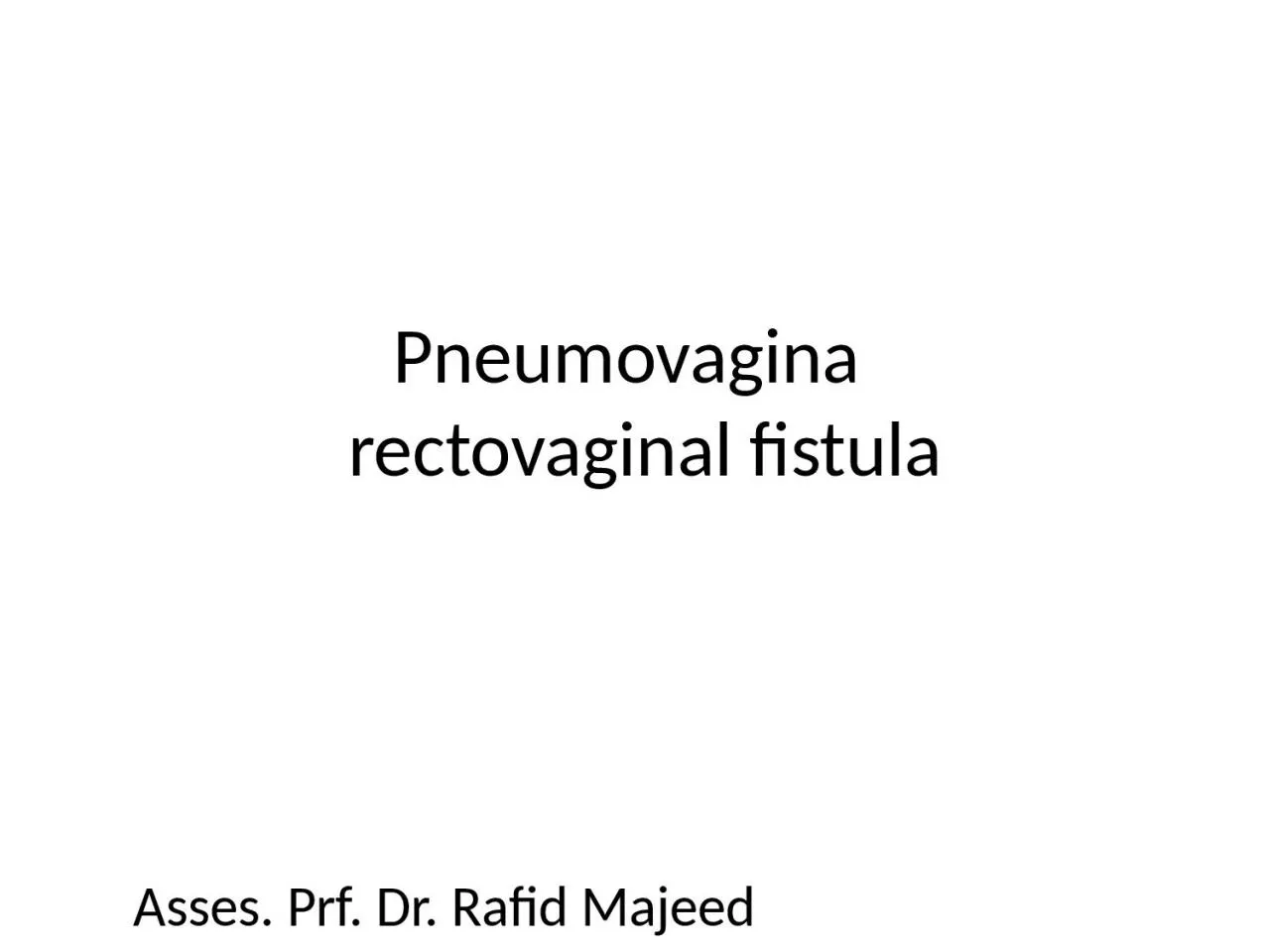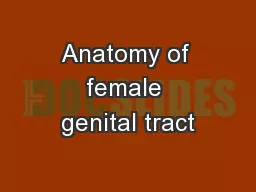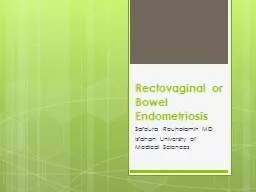PPT-Pneumovagina rectovaginal
Author : ash | Published Date : 2023-08-31
fistula Asses Prf Dr R afid M ajeed The caudal aspect of the reproductive tract is composed of the vulva vestibule vagina cervix These structures are
Presentation Embed Code
Download Presentation
Download Presentation The PPT/PDF document "Pneumovagina rectovaginal" is the property of its rightful owner. Permission is granted to download and print the materials on this website for personal, non-commercial use only, and to display it on your personal computer provided you do not modify the materials and that you retain all copyright notices contained in the materials. By downloading content from our website, you accept the terms of this agreement.
Pneumovagina rectovaginal: Transcript
Download Rules Of Document
"Pneumovagina rectovaginal"The content belongs to its owner. You may download and print it for personal use, without modification, and keep all copyright notices. By downloading, you agree to these terms.
Related Documents




